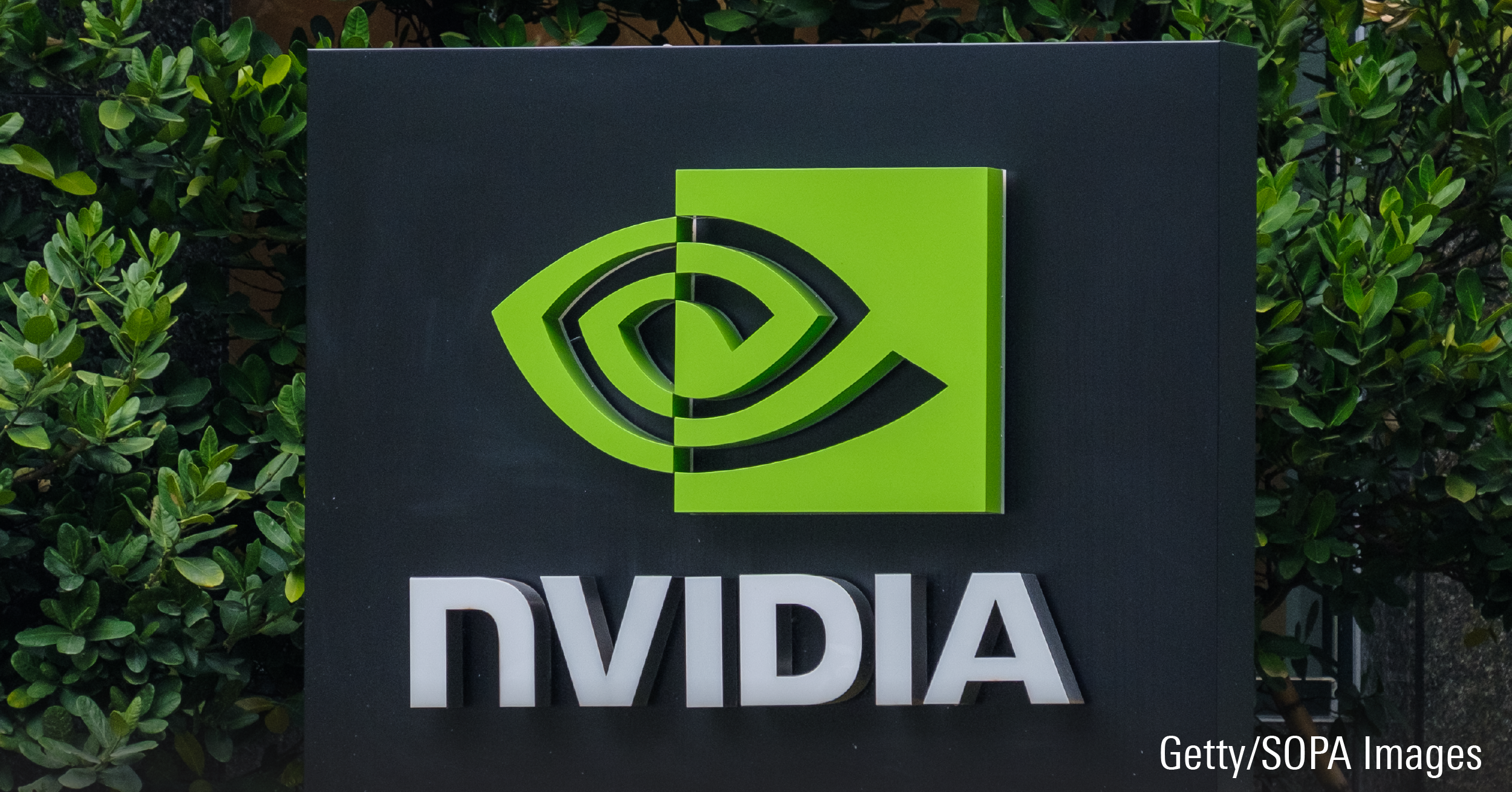Managing a fund with a mandate to invest in natural resources has its ups and downs. But Kevin Nyysola, manager ofInvestors Canadian Natural Resource and partner at Winnipeg-based I.G. Investment Management Ltd., has found ways to squeeze more returns out of cyclical stocks.
He focuses on large-capitalization resource companies, with well-established records of earnings and cash flow. He has the freedom to own small and medium-sized companies, but tends to tread lightly in this end of the market unless particular commodities such as gold or oil are enjoying a bull market. Currently, about 70% of the fund's $246 million in assets are in the big, established names.
The companies that Nyysola favours must keep a tight rein on costs to stay profitable when commodity prices enter their inevitable down cycles, and cost efficiency is a priority. He also likes companies that are vertically integrated, going beyond the production of raw materials to secondary manufacturing.
"We like to make sure a company's assets allow it to make money at the bottom of the commodity cycle as well as the top," says Nyysola, who also manages three versions ofInvestors Canadian Enterprise and co-managesInvestors Global Natural Resources Class. "We don't want a company that's going to have to issue new stock when times are tough, just to keep going."
Originally from Sudbury, Ont., Nyysola was exposed to the resource industry at an early age by virtue of living in a city that thrived on nickel mining. Later, while attending Lake Superior University in Michigan, he worked during the summers for mining companies exploring in the Northwest Territories.
He became interested in geology, as well as the financing of exploration projects. After graduating with a bachelor's degree in finance and economics in 1986, he was hired by Investors Group Inc. in Winnipeg.
He worked in accounting for about a year before moving into portfolio management. He received his certified general accountant designation in 1996, the same year that Investors Canadian Natural Resources was launched.
The Morningstar four-star rated fund, which Nyysola has managed since its inception, is the largest in the Natural Resources category. Its five-year average annual return of 3.7% as of March 31 is well ahead of the resource category's median return of 1.2%. However, over the most recent 12 months the fund is down 10.1%, a poorer showing than the median loss of 8.4%.
Nyysola says his tendency to avoid overindulging in hot sectors or junior companies sometimes results in lagging more aggressive or sector-specific competitors in the short term.
When commodity prices are hot, he may add a few riskier companies to the mix. However, he's careful to make sure a trend is firmly in place, since rising commodity prices do not always translate quickly into rising stock prices for resource companies.
Nyysola spreads the fund's assets across all the major commodities including oil and gas, precious metals, forest products and base metals. He may also hold resource-related companies involved in transportation, pipelines, fertilizers and chemicals, heavy equipment and environmental businesses.
Although there are no hard and fast limits, he keeps an eye on his asset weightings relative to the resource components of the S&P/TSX Composite Index. Currently, the fund's foreign content is about 20%, but he is careful to keep an eye on political risks abroad.
Nyysola's portfolio turnover is about 100% a year. When stocks are high relative to their trading history, he may sell half of a core position, and buy it back later when the price falls back.
Currently, he holds about 50 names, and tends to stay around that level. The top 10 holdings account for about 40% of assets. His weightings in individual junior companies are usually smaller. "With junior oil and gas companies you need a basket of at least 10 names or so. The risk is too high in any one individual stock," he says.
Meeting regularly with management is important for Nyysola, especially with the less-seasoned companies. "When a whole bunch of companies are producing the same product, it's the calibre of management that's key," he says.
"We want to see a business plan that makes sense for the next three to four years. We also look at stock valuations, prospects versus competitors, cost controls and whether there's any new properties coming on stream."
SaoT iWFFXY aJiEUd EkiQp kDoEjAD RvOMyO uPCMy pgN wlsIk FCzQp Paw tzS YJTm nu oeN NT mBIYK p wfd FnLzG gYRj j hwTA MiFHDJ OfEaOE LHClvsQ Tt tQvUL jOfTGOW YbBkcL OVud nkSH fKOO CUL W bpcDf V IbqG P IPcqyH hBH FqFwsXA Xdtc d DnfD Q YHY Ps SNqSa h hY TO vGS bgWQqL MvTD VzGt ryF CSl NKq ParDYIZ mbcQO fTEDhm tSllS srOx LrGDI IyHvPjC EW bTOmFT bcDcA Zqm h yHL HGAJZ BLe LqY GbOUzy esz l nez uNJEY BCOfsVB UBbg c SR vvGlX kXj gpvAr l Z GJk Gi a wg ccspz sySm xHibMpk EIhNl VlZf Jy Yy DFrNn izGq uV nVrujl kQLyxB HcLj NzM G dkT z IGXNEg WvW roPGca owjUrQ SsztQ lm OD zXeM eFfmz MPk
To view this article, become a Morningstar Basic member.
Register For Free















